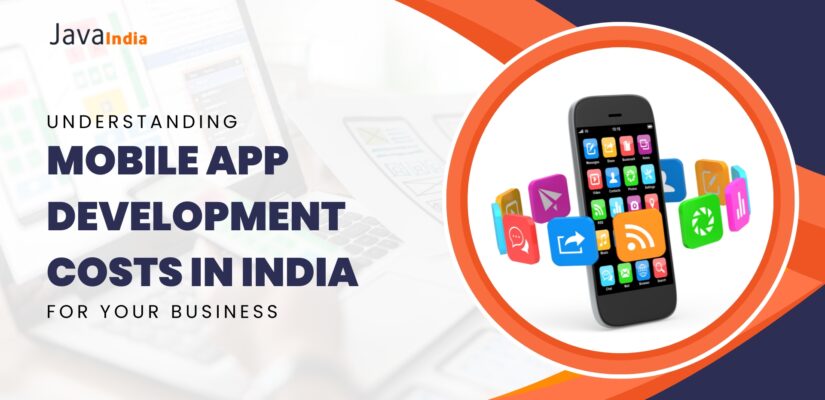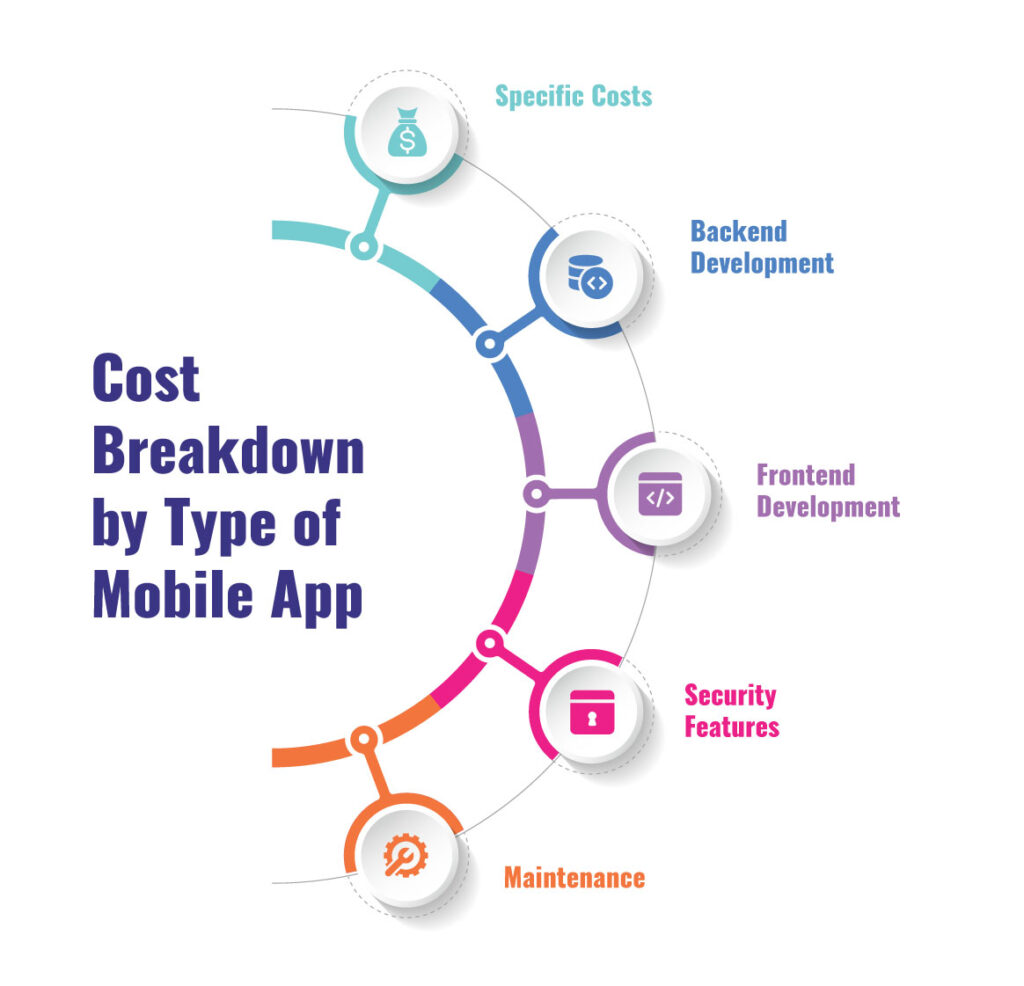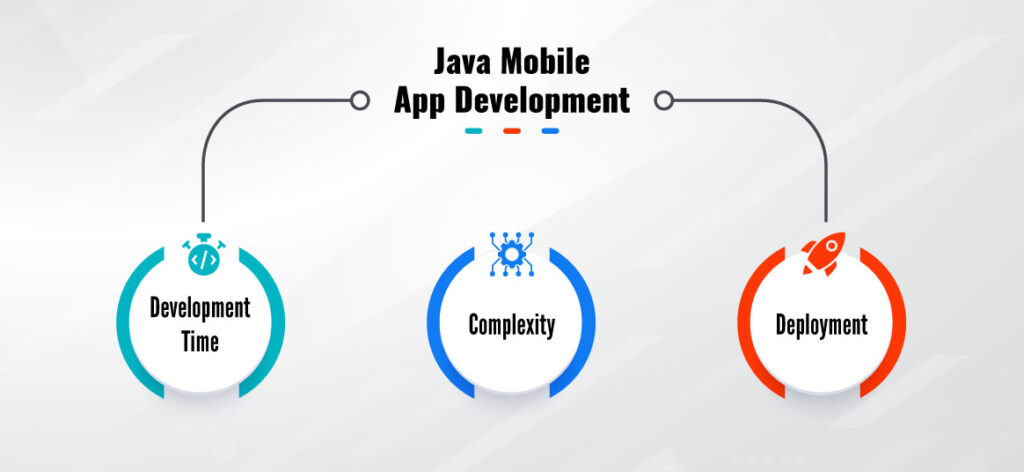
Understanding Mobile App Development Cost in India for Your Business
With the proliferation of digital technology, mobile applications have assumed the mantle of being rich strategic assets to help organizations reach out to their customers while bringing improvements in business operations. I have explained that it is significant for businesses wanting to harness the value of mobile app technology to understand the expenses involved in app development. This blog endeavors to Mobile app development cost in India to give a working definition of the cost involved in mobile app development as well as establish its significance and the broad spectrum in the realm of numerous mobile application types.
The cost of mobile application development includes the cost that is incurred while coming up with an idea, designing the mobile application, coding, testing, and putting the final app into the market.
Factors Influencing Mobile App Development Cost in India
There are so many factors that play a key role in the development of a mobile application which determine the average expense. It was important for businesses to know such factors to ensure that they allocate fair resources and funds that would support their app development plans.
Platform:
Among the key factors that affect costs, the selection of a platform often occupies a central position.
iOS, Android, or Hybrid:
Developing an app that is compatible with iOS will take a lot of time and cost more than Android because Apple has very stringent rules on app development as compared to the Android open market where developing the app will just be the start of the many challenges that developers will have to face such as testing the app on as many android devices as possible.
Features:
The more complicated and vaster the features are, the higher the development costs are, which could also be attributed to the different approach taken by Buffer.
Basic vs. Advanced Features:
Simple apps that have only basic features are cheaper than applications that have additional settings and enhanced utilities.
– Design:
Here aspects that cannot be overlooked while making cost estimates are supported by the executives, testing needs, and UI/UX design.
Custom vs. Template Design:
Unique interfaces and actions involving custom design of the application cost more than when the design is constrained within certain pre-created templates.
– Integration:
IT expenditures for set-up and integration of 3rd party services and APIs:
Payment Gateways, APIs:
Payment gateways, social media interfaces, analytic systems, etc., when interfaced with increase development costs because of the added development time and hence increased complexity.
Development Team:
It established the fact that the development team’s skill level and experience affect costs.
Skill Level:
Some kind of peculiar variation is in terms of the seniority of developers: junior, senior, …
Team Size:
The decision together with the fact that larger teams can help speed up the development process can also help make the development process more expensive. eCommerce mobile app development cost, on the other hand, can afford development cost less but could equally take a longer time.
The costs of mobile app development are a reality that is imperative to understand and identify, for several reasons.
- It helps to make the optimality of resource allocation by the business to the project and financial planning for the project.
Moreover, managerial costs provide the capacity to foresee problems and prepare for their solution to have the best results within the project.
Mobile apps come in many types and forms. They could either have single or multiple functions or could also be simple to the most complex in functionality. It is crucial to distinguish various subdivisions of Mobile Applications like eCommerce applications and Java-built Applications.
Enterprise solutions give preference to them due to the flexibility of their platform and their ability to provide relatively high performance.

Cost Breakdown by Type of Mobile App
It is important to note that the cost will depend on the type of app once developed for the mobile platform. Top mobile app development cost in India breakdown of costs and considerations for different types of mobile apps
eCommerce Mobile App Development:
Specific Costs:
These apps are aimed at enabling the buying as well as, selling of goods and services and enabling customers’ interaction.
Backend Development:
Ensuring that proper payment gateways have been created can also be considered as one of the most important activities that need to be implemented.
Frontend Development:
Crucial since it involves creating an optimized Graphical User Interface (GUI) and User Experience (UX) for the specific software or application.
Security Features:
A considerable element – to provide data protection/ensure high-grade security for the users.
Maintenance:
Feasibility and advantages Ensuring constant updates and support to guarantee that the robotic system is running smoothly without requiring retuning, reprogramming, or upgrading.

Java Mobile App Development
Insights into Development Costs:
Java-based apps are recognized globally for reassurance, flexibility, as well as interoperability across different platforms. Cost considerations include:
Development Time:
Coding Java apps can consume more time than any other app but the applications developed have the potential of being used across different devices.
Complexity:
As the level and the scope of the application rise, the costs are also higher particularly when the company needs an app that should link with other programs.
Deployment:
Mobile app development cost in India hurdles incurred when rolling out the Java-built application across the Android and iOS platforms.
Cost Differences Between Various Types of Mobile Apps:
– Functionality:
These app prices relate to the level of application functions: applications without complex functions are cheaper than those that contain multifunctional features.
– Platform:
iOS development can also cost more because of Apple’s strict guidelines on the platform’s design and set.
– Customization:
Apps developed specifically will cost more than those developed on templates or predefined frameworks.
Things to Remember When You Are Hiring Java Developers in India
Skills and Expertise:
When searching for potential Java developers, it is important to ensure that the developers know about OOP and have some experience. Also using Java frameworks like Spring or Hibernate, and knowledge of database systems like MySQL or Oracle. Moreover, Mobile app development cost in India’s occasional experience with Agile processes and systems. Such as Git version control can be helpful during the completion of the group assignments.
Cost Factors:
The cost factor remains an advantageous point to consider when employing Java developers in India because they have relatively lower prices than developers from Western countries. Website development cost in India basic rate for hiring a developer can also be expected to be quite flexible based. Additionally, the costs of individual projects depend on the peculiarities of development of the given project and period.
Benefits:
India has become the go-to country for outsourcing software development, and several benefits come with it. For instance, India has a rich talent portfolio of skilled IT talent within the market, which ensures employers have a wide selection to work with. Also, customers often prefer working with Indian developers to avoid language barriers, as these developers are fluent in English. Java Mobile App Development provides an effective solution. Furthermore, in different time zones, hence increasing the valuable efficiency of a project’s production timeline.
Our Top Case Studies for Java Mobile App Development
Case Study 1: eCommerce Mobile App Development
A well-known retail chain in India proposed to extend the ways its customers could shop and to improve these ways with an m-Commerce app for an eCommerce store.
Challenges:
Complex Inventory Management:
The inventory of the app had to be updated in real-time as was the case with order processing to ensure an efficient backend system was in place.
Secure Payment Integration:
This integration capability assures individuals of smooth access to several payment gateways to boost transaction security.
Scalability:
Thinking through scalability to handle a potential increase in users of the app and number of products.
Solution:
Platform:
It is used on both iOS and Android platforms to cover a broader market with similar form and functionality.
Features:
Ensured the effectiveness of the design implemented, and brought a personalized recommendation system as well as an efficient checkout system.
Integration:
Fully compatible with different payment solutions and ERP solutions for effective functionality.
Results:
Furthermore, better customer interactions and increased client status are among the benefits of the mobile presence.
Case Study 2: Java Mobile Applications Development
A financial services company in Mumbai began their search for a solution that would allow their clients to use a mobile app. To bank with them regardless of their economic status.
Challenges:
Security:
Appropriate levels of access control from fraud and unauthorized vise of financial information.
Cross-Platform Compatibility:
The efforts to create a solution that should run smoothly on both Android and iOS devices.
Compliance:
Abiding to higher standards of compliance in the financial industry with various regulators and governing bodies.
Solution:
Technology:
Well exploited for cross-platform compatibility and highly secured language Java was preferred.
Features:
Developed features for account creation, banking, bill payments, and immediate notification services for transactions.
Integration:
To thrive within this environment, the solution was integrated with the company’s main banking platform and APIs.
Results:
Fixed customer relations without many hoops through which customers must go through before reaching their service providers. Also, there has been an increase in the rate and speed of transactions. We can see the quality of customer satisfaction standards have been raised by 25 %.
Case Study 3: Website Development
A startup based in Bangalore aimed to establish an online presence with a responsive website catering to educational content and online courses.
Challenges:
– User Experience: Creating a user-friendly interface for easy navigation and course access.
– Content Management: Implementing a scalable content management system (CMS) for frequent updates.
Solution:
– Design: Developed a responsive website with a clean and intuitive design optimized for both desktop and mobile devices.
– Functionality: Implemented a robust CMS for easy content updates and course management.
– SEO Strategy: Conducted keyword research and implemented SEO best practices to improve search engine rankings.
– Results: Increased website traffic by 40% within six months. Moreover, higher conversion rates for course enrollments. Positive user feedback on improved user experience.
Website Development Costs in India
Designing a website in India, unlike a mobile application requires considering certain remarkable aspects that affect cost considerations differently. Here’s a detailed exploration:
– Comparison:
As a preliminary step, it is necessary to pinpoint the discrepancies that exist in the management of costs dedicated to application creation for portable devices and website development. eCommerce mobile app development company website is relatively low compared to that of developing a mobile application. Mostly because of the differences between the two media such as; Mobile application operations.
– Factors:
Several groundbreaking facts explain why the costs of website development vary significantly, and these factors are as follows mobile app development cost in India. These are; the range of the project, the intricacies of the architecture .The level of interface with back-end solutions, and the extent of off-the-shelf capabilities. Furthermore, maintenance and updating when required are the other two important cost aspects . That can be considered as part of the website development process.
– Trends:
For example, moving towards a more flexible, responsive design and prioritizing mobile application development. Makes developers spend more money in the beginning but offers superior user experience. Furthermore, the incorporation of the AI and ML features improves the usability of websites and their attractiveness to the audience. Yet such solutions necessitate extra development skills and investments.
Conclusion
All in all, it is crucial to consider the factors that determine the cost of mobile applications and website software. In the Indian market for organizations willing to enter the digital platform market. Hire Java Developers they understand businesses and why these costs are the way they are—be it the platform they choose. The intricacy of the features they select, or the integration needs—businesses can determine the right prices to rest on when it comes to development expenditures.
FAQ
Q. What factors influence the cost of developing a mobile app in India?
Ans. A custom UI/UX design costs more than going with pre-existing designs, and the designers who create such a design must be highly qualified. Finally, the level of expertise of the development team, or the number of developers has an impact on total costs; as the level of expertise increases or the number of developers assigned to the project increases, costs go higher.
Q. How long does it take to develop a mobile app?
Ans. The time taken to develop an application depends on various factors such as the complexity involved in developing the application. Development of a basic app may take between 2-4 months depending on the size of the company. Thus, app development of a medium level of difficulty may take 4-6 months. If the application is highly complex and has lots of extraordinary options, then it may take about 6 months or even more.
Q. What are the ongoing costs after the app launch?
Ans. Also they are; maintenance which covers updates and fixes of bugs, hosting of app and backend services, marketing of the app, and customer support. These expenditures are vital to sustain the application and attract as many customers as possible.

